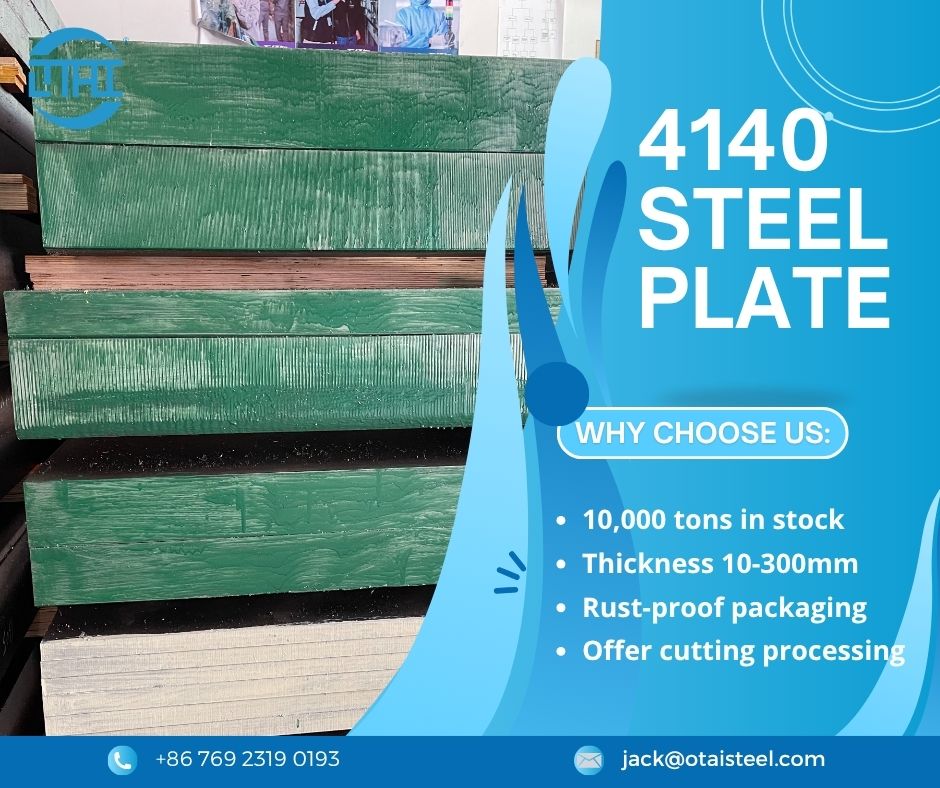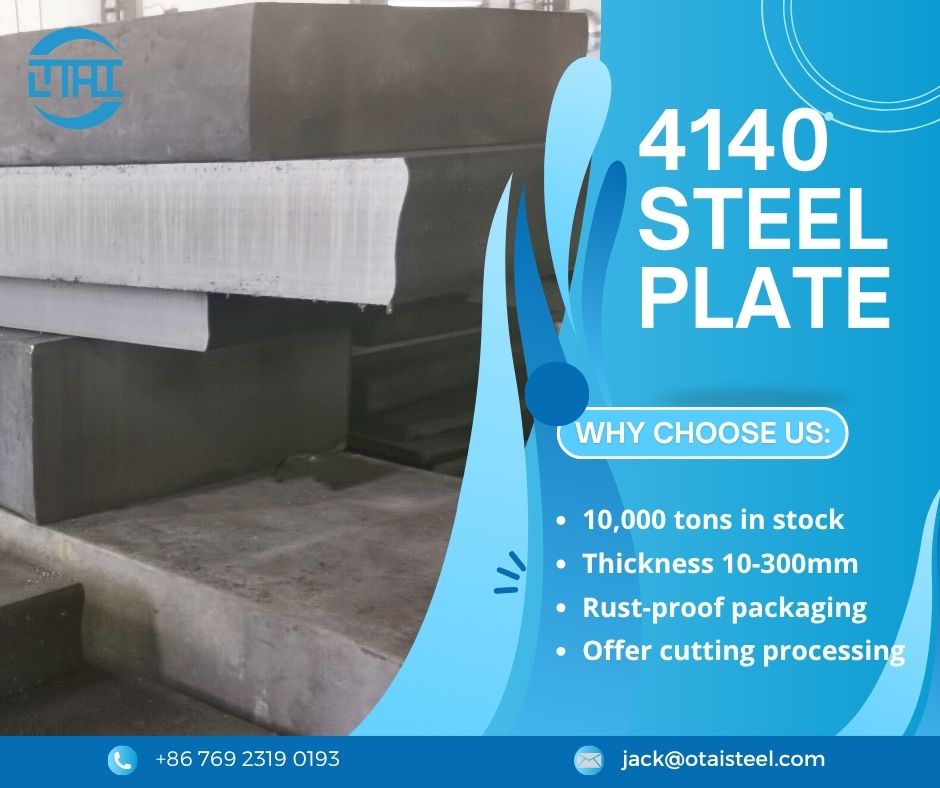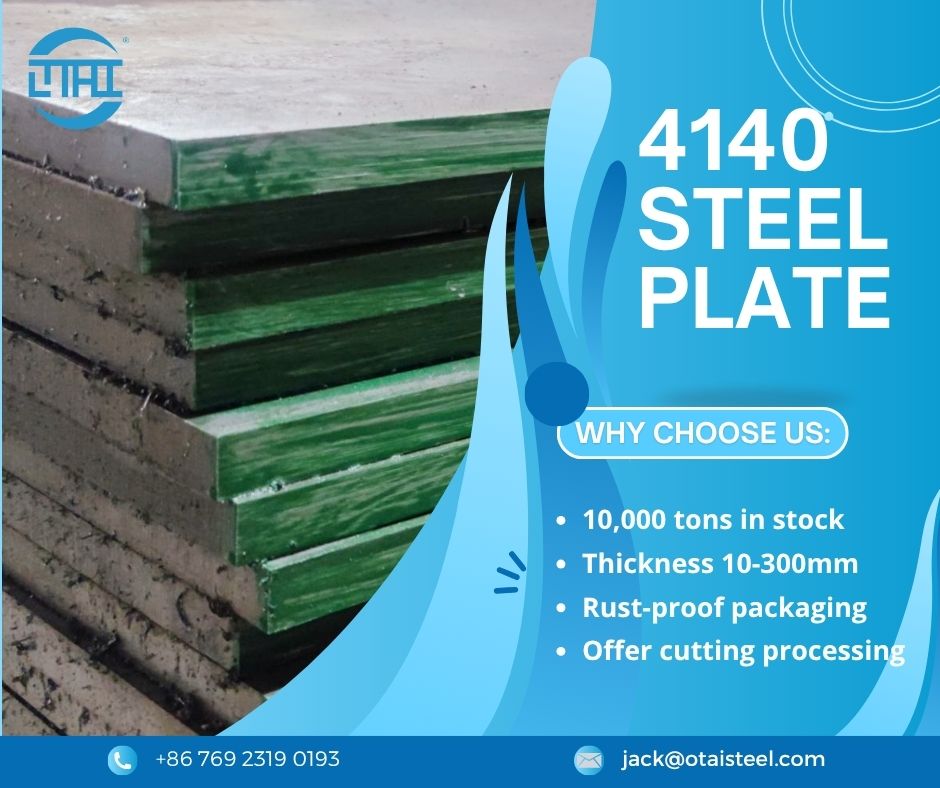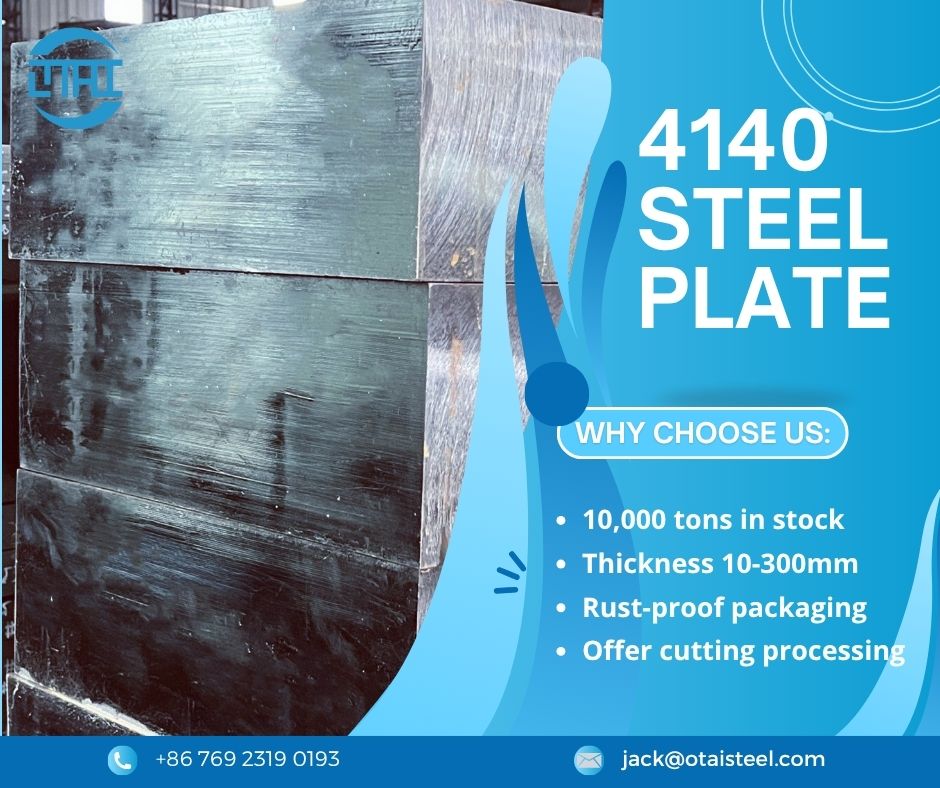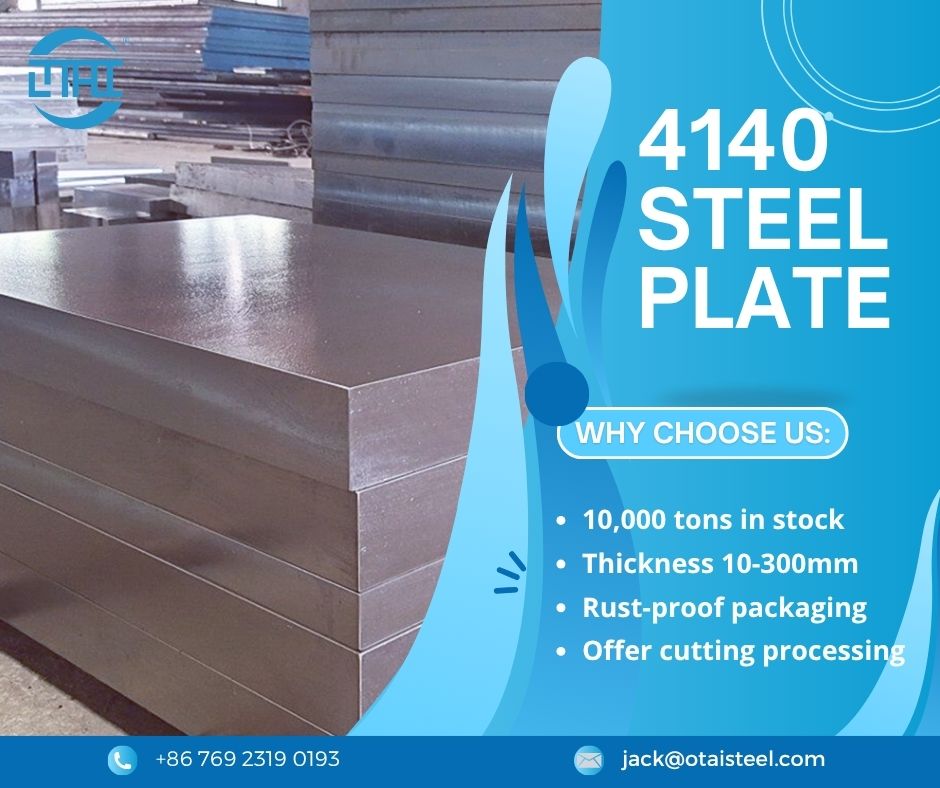 4130 vs 4140 Steel Properties: A Detailed Comparison
4130 vs 4140 Steel Properties: A Detailed Comparison
When selecting steel for demanding applications, it’s crucial to understand the differences between alloys to ensure you’re choosing the right material. Two popular options in the steel industry are 4130 and 4140, both alloy steels with excellent mechanical properties. However, these two steels have distinct characteristics that can make one more suitable for a specific application than the other. In this article, we’ll compare the properties of 4130 and 4140 steel, looking at their chemical compositions, mechanical properties, heat treatment processes, and typical uses.
🔍 What is 4130 Steel?
4130 steel is a low-alloy steel that contains chromium and molybdenum as its primary alloying elements. It’s widely used in aerospace, automotive, and high-performance engineering applications because of its good balance of strength, ductility, and weldability.
-
Chromium (Cr) increases hardness and corrosion resistance.
-
Molybdenum (Mo) improves strength, hardness, and toughness, especially at high temperatures.
4130 Chemical Composition:
| Element | Percentage (%) |
|---|---|
| Carbon (C) | 0.28–0.33 |
| Manganese (Mn) | 0.40–0.60 |
| Chromium (Cr) | 0.80–1.10 |
| Molybdenum (Mo) | 0.15–0.25 |
| Silicon (Si) | 0.15–0.35 |
| Iron (Fe) | Balance |
🔍 What is 4140 Steel?
4140 steel is a chromium-molybdenum alloy steel similar to 4130 but with a slightly higher carbon content. This gives 4140 steel higher strength and wear resistance, making it a popular choice for applications involving higher stresses and abrasion resistance. It’s often used in machinery, oil and gas, and automotive applications.
-
Chromium (Cr) improves hardness and wear resistance.
-
Molybdenum (Mo) contributes to high-temperature strength and toughness.
4140 Chemical Composition:
| Element | Percentage (%) |
|---|---|
| Carbon (C) | 0.38–0.43 |
| Manganese (Mn) | 0.60–0.90 |
| Chromium (Cr) | 0.80–1.10 |
| Molybdenum (Mo) | 0.15–0.25 |
| Silicon (Si) | 0.20–0.35 |
| Iron (Fe) | Balance |
🧪 Mechanical Properties Comparison: 4130 vs 4140
Both 4130 and 4140 steel exhibit excellent mechanical properties, but their differences become clear when we compare their tensile strength, yield strength, and hardness.
| Property | 4130 Steel | 4140 Steel |
|---|---|---|
| Tensile Strength | 560–700 MPa | 660–850 MPa |
| Yield Strength | 460–650 MPa | 450–750 MPa |
| Hardness (HB) | 180–250 HB (Annealed) | 220–285 HB (Annealed) |
| Elongation | 20% | 15% |
| Impact Toughness | Good | Very good |
-
Tensile Strength: 4140 steel offers higher tensile strength, which makes it suitable for applications that require greater resistance to stretching.
-
Yield Strength: Both alloys perform well under stress, but 4140 has a higher yield strength, making it more suitable for heavy-duty applications.
-
Hardness: 4140 steel generally exhibits a higher hardness after heat treatment, which translates to better wear resistance and strength.
-
Elongation: 4130 steel has slightly higher elongation, meaning it’s more ductile and can absorb more deformation before breaking.
-
Impact Toughness: While both materials perform well in impact tests, 4140 steel has superior toughness, which makes it ideal for parts subjected to heavy impacts and dynamic loads.
🔨 Heat Treatment Comparison: 4130 vs 4140
Heat treatment significantly affects the final properties of both 4130 and 4140 steel. However, the differences in carbon content result in variations in their hardness, strength, and toughness after heat treatment.
4130 Heat Treatment:
-
Annealing: Softens the material, making it easier to machine.
-
Normalizing: Refines grain structure and enhances strength.
-
Quenching and Tempering: Increases tensile strength and hardness, especially at higher temperatures.
4140 Heat Treatment:
-
Annealing: Softens and relieves internal stresses.
-
Normalizing: Refines grain structure and increases tensile strength.
-
Quenching and Tempering: 4140 steel responds well to this heat treatment, improving hardness and wear resistance without losing toughness.
Overall, 4140 steel can achieve higher strength and hardness after heat treatment, making it more suited for high-stress applications.
🏗️ Applications: 4130 vs 4140 Steel
Both 4130 and 4140 steel are used in industries such as automotive, aerospace, and machinery. However, their application scope can differ due to their mechanical properties:
| Industry | 4130 Steel | 4140 Steel |
|---|---|---|
| Automotive | Chassis, roll cages, frames | Axles, suspension components |
| Aerospace | Aircraft components, engine parts | Landing gear, turbine shafts |
| Machinery | Structural components, machine tools | Gears, shafts, crankshafts |
-
4130 steel is ideal for applications where weldability and ductility are more important than extreme strength.
-
4140 steel, with its higher tensile strength and hardness, is used in applications where components experience higher stress and abrasion.
⚙️ Why Choose Otai Special Steel for 4130 and 4140 Steel?
At Otai Special Steel, we offer both 4130 and 4140 steel in various forms, including plates, bars, and sheets. With over 20 years of experience, we specialize in delivering high-quality steel products tailored to your needs. Whether you require custom cutting, heat treatment, or supply of high-grade steel, we are your trusted partner.
Company Advantages:
-
High-Quality Steel: We provide 4130 and 4140 steel that meet global standards and pass rigorous quality tests.
-
Custom Services: We offer cutting, machining, and heat treatment services to meet your specific requirements.
-
Quick Delivery: With a large stock of 4130 and 4140, we guarantee fast delivery times.
-
Competitive Pricing: Our strong relationships with steel mills allow us to offer competitive prices.
❓ FAQ
Q1: What is the difference in hardness between 4130 and 4140 steel?
-
A1: 4140 steel is typically harder than 4130 steel, making it more suitable for applications requiring higher wear resistance and strength.
Q2: Can 4130 steel be heat-treated to the same hardness as 4140 steel?
-
A2: While 4130 steel can be heat-treated to improve hardness, it generally does not achieve the same hardness levels as 4140 steel due to its lower carbon content.
Q3: Which steel is better for high-stress applications, 4130 or 4140?
-
A3: 4140 steel is generally better for high-stress applications because of its higher tensile strength and wear resistance.
Q4: Does Otai Special Steel offer both 4130 and 4140 steel?
-
A4: Yes, we offer both 4130 and 4140 steel in various grades and forms, including bars, plates, and sheets, with custom services available.
